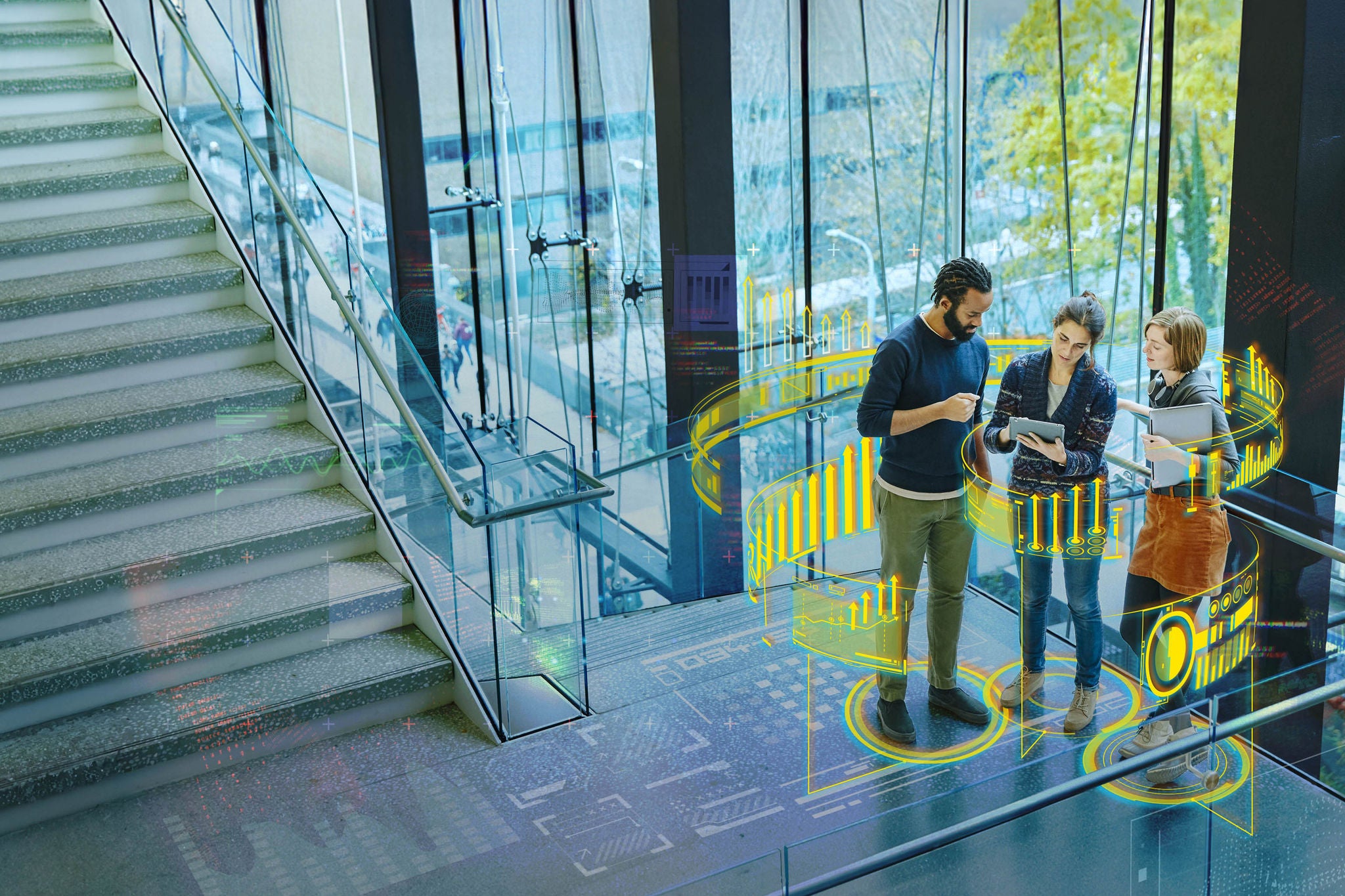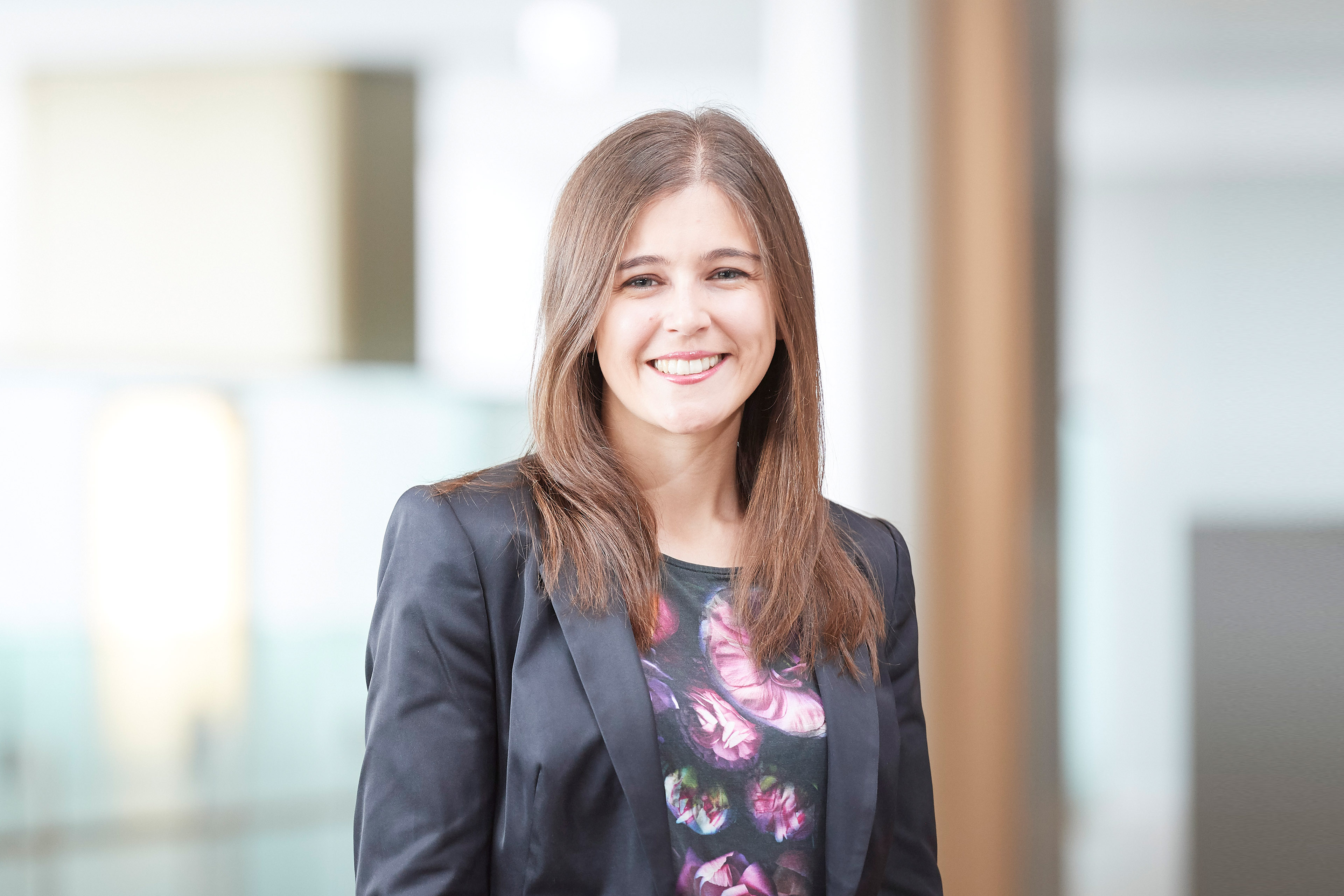EY refers to the global organization, and may refer to one or more, of the member firms of Ernst & Young Global Limited, each of which is a separate legal entity. Ernst & Young Global Limited, a UK company limited by guarantee, does not provide services to clients.
How EY can help
-
Learn how your organization can enhance data with AI, driving innovation, creating long-term value and enabling fact-based decision intelligence.
Read more -
EY Studio+ helps organizations build differentiated experiences that adapt with customers and drive sustainable long-term value. Read more on studio.ey.com.
Read more
We had a flexible team to meet the evolving needs of the client. This gave us the agility needed to make rapid progress and deliver value. The project included different phases - research, service design, employee experience, technology, and business case.
The first task was to understand and articulate the current employee experience. How do people feel across different parts of the business? How do they talk about the highs and lows of their everyday experience? How does technology enable or hinder what they need to do?
With this kind of research, the closer one gets to the human lived experience of the people involved, the more valuable the findings become. The EY team’s work included executive interviews, employee focus groups, and a robust quantitative survey. In total, we heard from over 240 different people in the organization – an impressive research population, especially given the speed at which the project was moving.
The research revealed that employees were spending an average of three days every week on manual, administrative, routine tasks. That was a significant amount of time and money consumed by work that didn’t add value to the business or benefit the employees.
The discovery of this simple fact, and the clarity it gave the client, helped to galvanize support for the next phase of the project: How could the business use technology better, specifically GenAI?
The depth of the research findings enable the EY team to map out multiple different ways GenAI could improve the situation and to identify clearly which would have the biggest impact.
EY professionals identified over 20 different use cases, evaluated each one and prioritized them against a three-point scoring mechanism. The team created a compelling business case and a pragmatic development plan to help implement two of the projects as pilots. One of them deployed GenAI in a specific part of the business and the other involved enterprise-wide adoption.
Each business case covered how each investment would change the business, the technical difficulty, the timescale to launch, the financial ROI, and the impact on qualitative scores, such as employee happiness and retention. The enterprise-wide business case suggested an average ROI of over 150%, with up to 3 hours a week saved from reduction of routine tasks, 15% to 20% lower employee turnover and up to 40% increase in the quality of the work.
This gave the client the confidence it needed to invest. The EY team continues to work with the client on their ongoing business transformation, bringing technical, business, and design advice around their use of GenAI.
“The EY team provided a clear framework that was critical to help us navigate how to deploy AI to empower our people, taking both a practical and inspirational approach,” says Chief Digital Officer, Global Consumer Brand.






